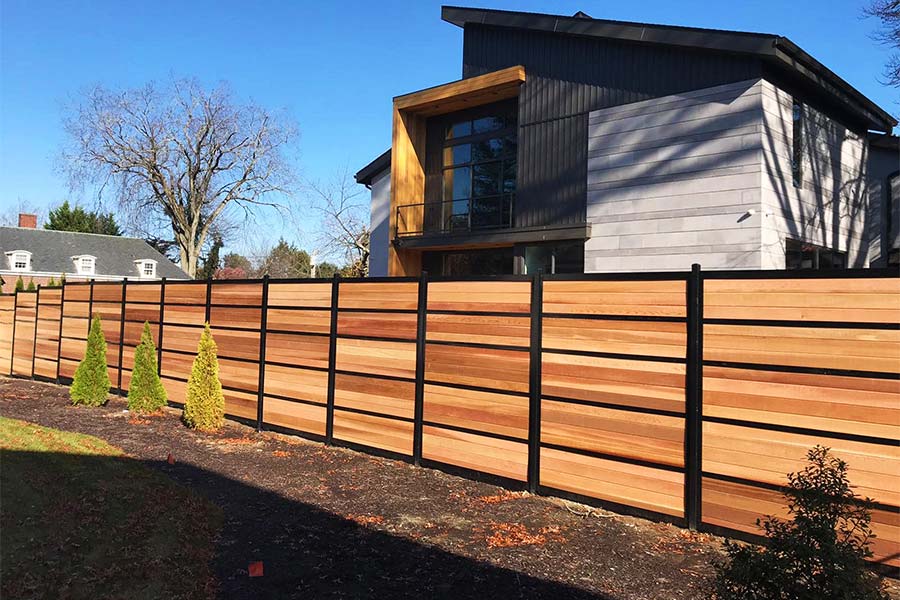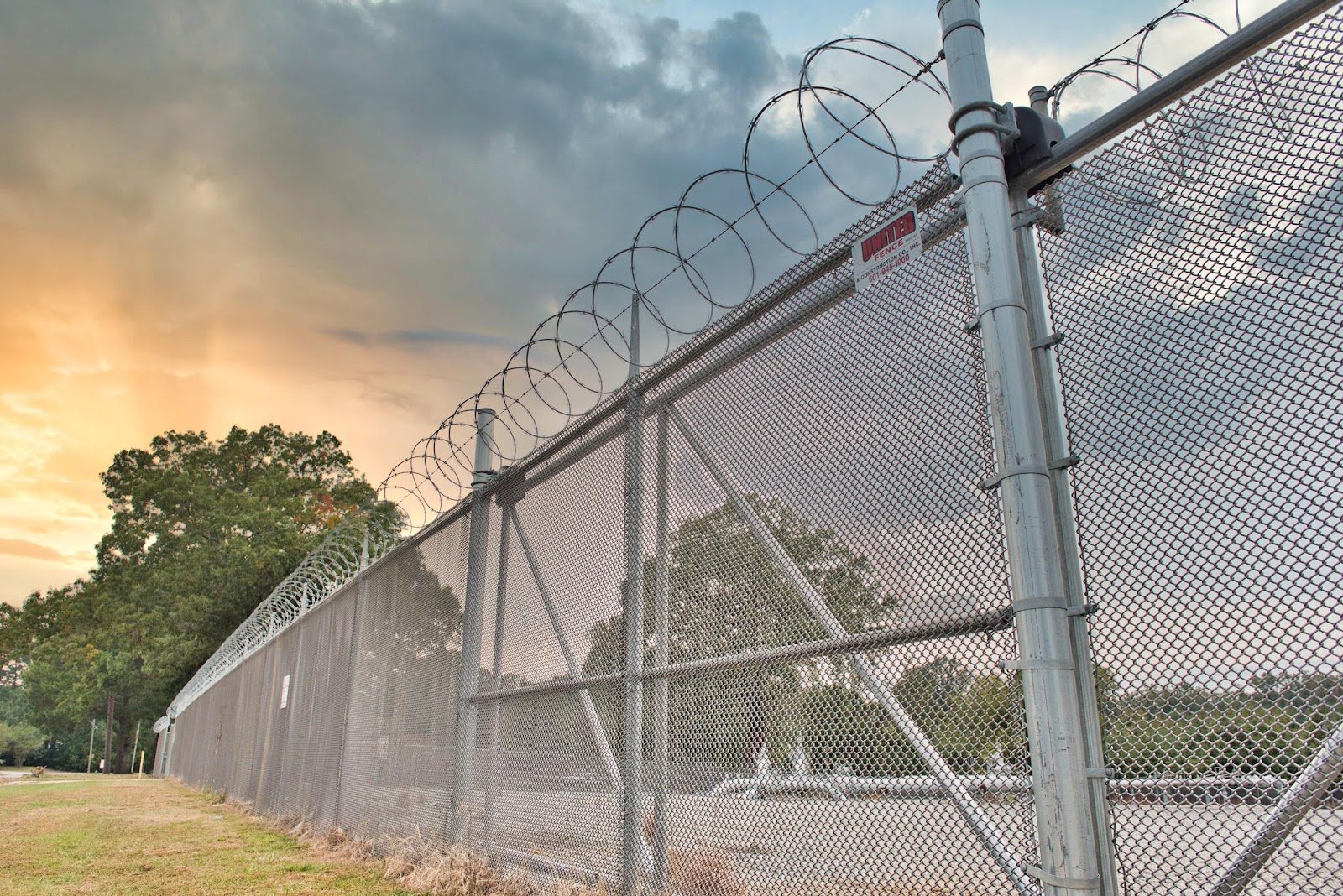All Categories
Featured

When considering installing a fencing on your building, one of one of the most crucial steps is to comprehend whether you require a license. Fence installments frequently need a license to guarantee that the framework follows regional zoning legislations, constructing codes, and safety and security standards. The specific authorizations needed can vary relying on your location, the sort of fence you plan to mount, and the height or positioning of the fencing. Here's an overview to aid you browse the process of obtaining a fencing license and make sure that your setup is hassle-free and legal.
Why You Required a Permit for a Fence Installation. The permit process assists neighborhood authorities confirm that your fencing does not conflict with website traffic presence, regard your residential property lines, or violate height restrictions. Setting up a fence without an authorization can result in penalties, elimination of the fence, or delays in construction, so it's essential to examine whether a permit is required before beginning your task.
Kinds of Permits You May Need. There are a few usual types of authorizations you may need for a fencing setup:
Structure Authorization. A building license is the most usual permit needed for fence installations. This permit guarantees that the fencing satisfies safety requirements and is constructed according to regional building ordinance. A structure permit is generally required if the fencing surpasses a particular elevation (typically 6 feet), is constructed from particular products, or lies near a public pathway or road.
Zoning License. A zoning permit might be called for to validate that your fence complies with regional zoning regulations. Zoning policies can determine where a fence can be positioned on your property, how high it can be, and whether it is enabled in certain areas (such as along property lines or ahead backyards) Some communities have regulations restricting the elevation of fencings in the front backyard to make sure visibility for pedestrians and vehicle drivers.

Setback License. If you are developing a fencing near your residential property line or near to a road, you might need a problem license. A problem refers to the distance a framework, consisting of fences, have to be from the home line. Setback regulations differ by place, and making certain that your fencing is placed properly can stop problems with next-door neighbors and prevent offenses.
Property Owner Association (HOA) Authorization. You might require authorization from them in enhancement to neighborhood licenses if you live in a neighborhood regulated by a Homeowner's Association (HOA) HOA regulations frequently cover the sort of materials, elevation, style, and shade of fences. Even if your city government does not call for an authorization, your HOA may still have details standards that need to be followed.
How to Make An Application For a Fence Permit. To get a fence license, you'll require to contact your local building division or planning workplace. The application process commonly includes submitting a kind, paying a cost, and sending a site plan of your property that shows the recommended place of the fence. You may additionally need to consist of information about the materials, height, and style of the fence.
In many cases, a local authorities might require to check your property before approving the permit. When the authorization is approved, you will be authorized to proceed with your fence setup.
When Is a License Not Needed? In specific situations, a license might not be required. These situations can consist of:
Reduced Height Fences: In many areas, fences that are below a particular elevation (typically 3 to 4 feet) may not require a permit, especially if they are put in the backyard or various other non-visible areas.
Fence Replacement: If you're changing an existing fencing with the exact same elevation and material, some locations may not require a new permit.
Non-Obtrusive Fencings: Short-lived or attractive fencings, such as those used for gardening or landscape design functions, might not require licenses as long as they are not permanent and low.
Nevertheless, it is very important to get in touch with your neighborhood zoning office or building department, as laws can vary by territory.
Repercussions of Not Acquiring an Authorization. Failing to acquire the necessary permits can lead to considerable consequences. These consist of penalties, required elimination of the fence, and even delays in building. Additionally, if your fence doesn't fulfill regional regulations, you could deal with legal problems with next-door neighbors or regional authorities.

Conclusion. By guaranteeing that you comply with local policies and get the necessary authorizations, you can stay clear of expensive errors and ensure that your fence is lawfully compliant. Examine with your neighborhood structure division, HOA, and zoning office to identify what authorizations are needed for your details fencing project.
Latest Posts
When to Tell When Your Car Needs Expert Auto Repair at Montclare Auto Repair
Published May 27, 25
1 min read
Discover Premier Car Repair Services offered by Montclare Auto Repair – Quality Service Today
Published May 26, 25
1 min read
Enhance Your Building with Expenses Door Solution
Published May 23, 25
1 min read
More
Latest Posts
When to Tell When Your Car Needs Expert Auto Repair at Montclare Auto Repair
Published May 27, 25
1 min read
Discover Premier Car Repair Services offered by Montclare Auto Repair – Quality Service Today
Published May 26, 25
1 min read
Enhance Your Building with Expenses Door Solution
Published May 23, 25
1 min read